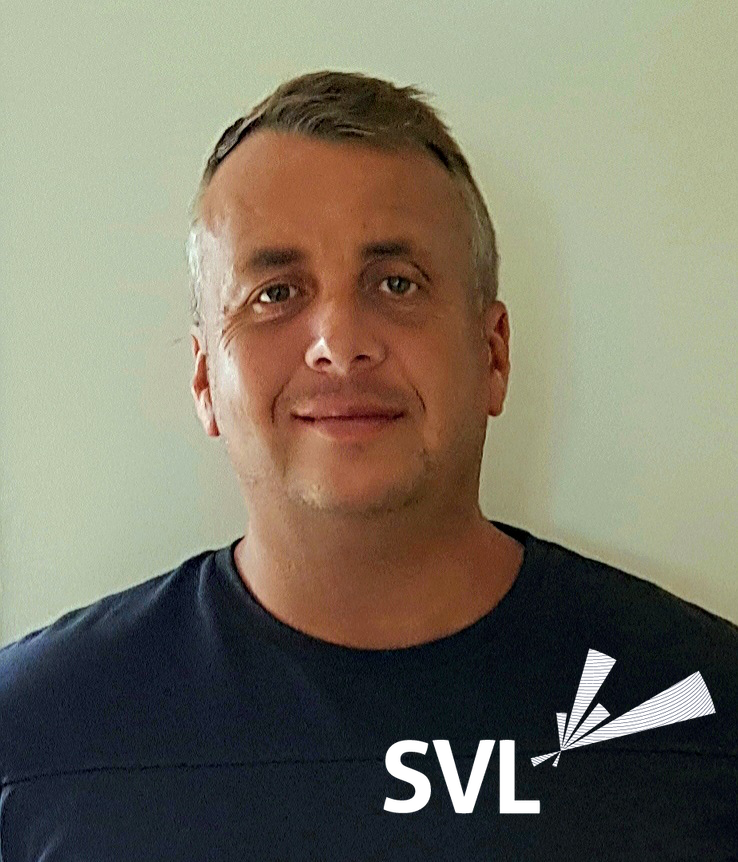-Lee Sheard talks about the crisis some organisations face when looking through Legacy Data
The words “legacy data” send a shiver down the spine of I.T and compliance chiefs in every organisation.
Picture millions of voice recordings, texts, emails, and volumes of sensitive data. Crucial information that legally needs to be stored safely and retrieved quickly.
Financial Services is a brilliant example of a sector where this is especially relevant. Few areas have such stringent policies and regulations governing information security and data retention.
In Blue Light and Community Care, we see huge pressures around retention requirements, and these include vital incident reconstruction.
Stepping aside from those with compliance pressures, every single organisation wants their mine of legacy data to be safe and retrievable.
That, however, seems to be easier said than done.
Why is this such a problem? Because huge amounts of this crucial data is stored in old, unsupported and frankly, unsafe technology.
Obstacles to migrating all these data files seem insurmountable.
Time and money
I’m going to offer a very simple roadmap to anyone facing this problem. It is something which every organisation must deal with but needn’t be as impossible as it sounds.
Step 1 – Harvest your data
Pull together all your data in a migration process (data/recordings/files) that means you can view it all on one single system that is still held in your environment. You want to start by viewing all your data through one single pane-of-glass.
Step 2 – Make it safe and secure. Control access.
Safety and security is crucial. Whether on-premise or in a secure cloud-platform, compliance is utterly dependant on all the data harvested being locked away from potential threats.
Step 3 – Make it searchable.
After you have achieved the first 2 steps, put all this data on a ‘live’ platform, either in the cloud or in your environment. Keep them in a standard file format, but discreetly held. You need an Intuitive interface to enable sift retrieval of calls/data.
What I say next is true. Your organisation can complete all these steps more quickly, and cost effectively than you think. I am happy to speak, in confidence, to anyone who has concerns about their legacy data.
There is more you can even do beyond these three simple steps. You can go even further to transcribe recordings and enable the identification of sensitive/toxic data which then can be managed/redacted.
Please act now, though. This is vital data that cannot be allowed to disappear, and it is an issue that the law won’t allow you to avoid.



